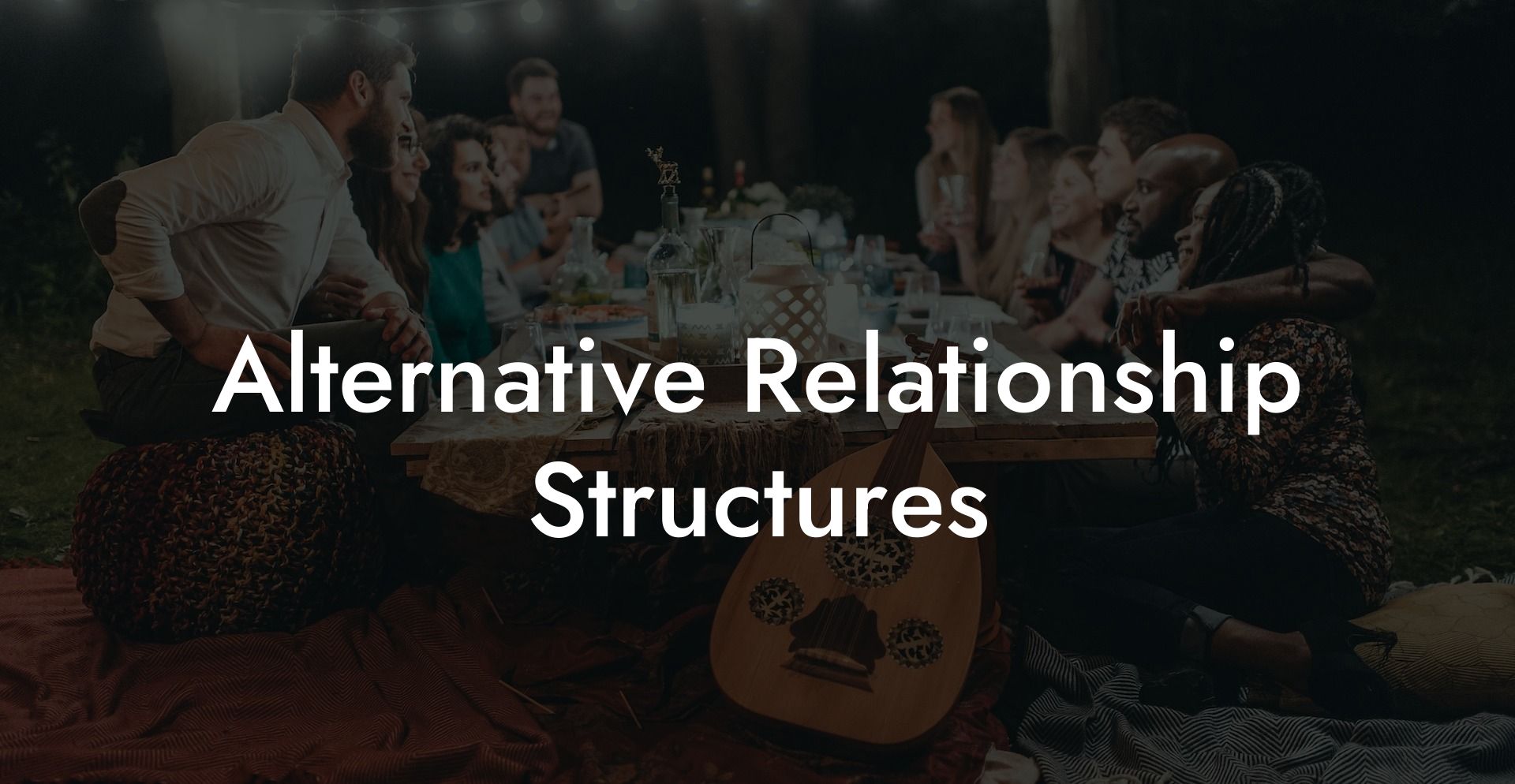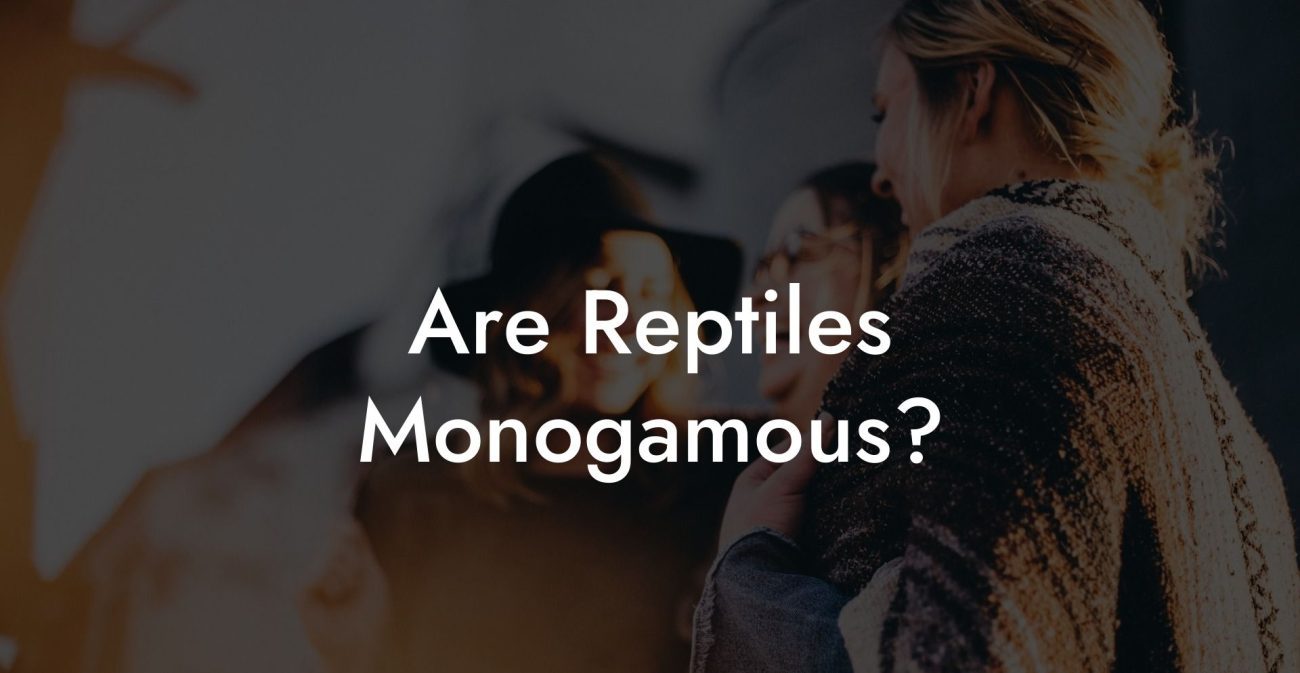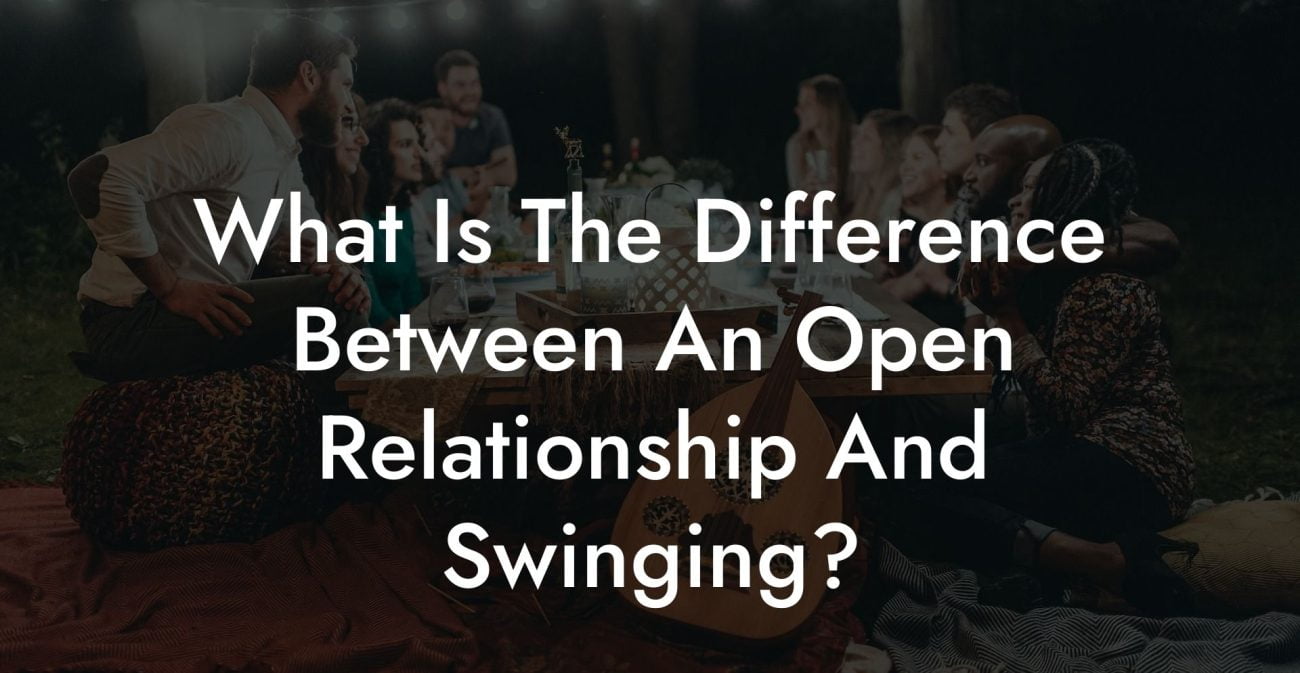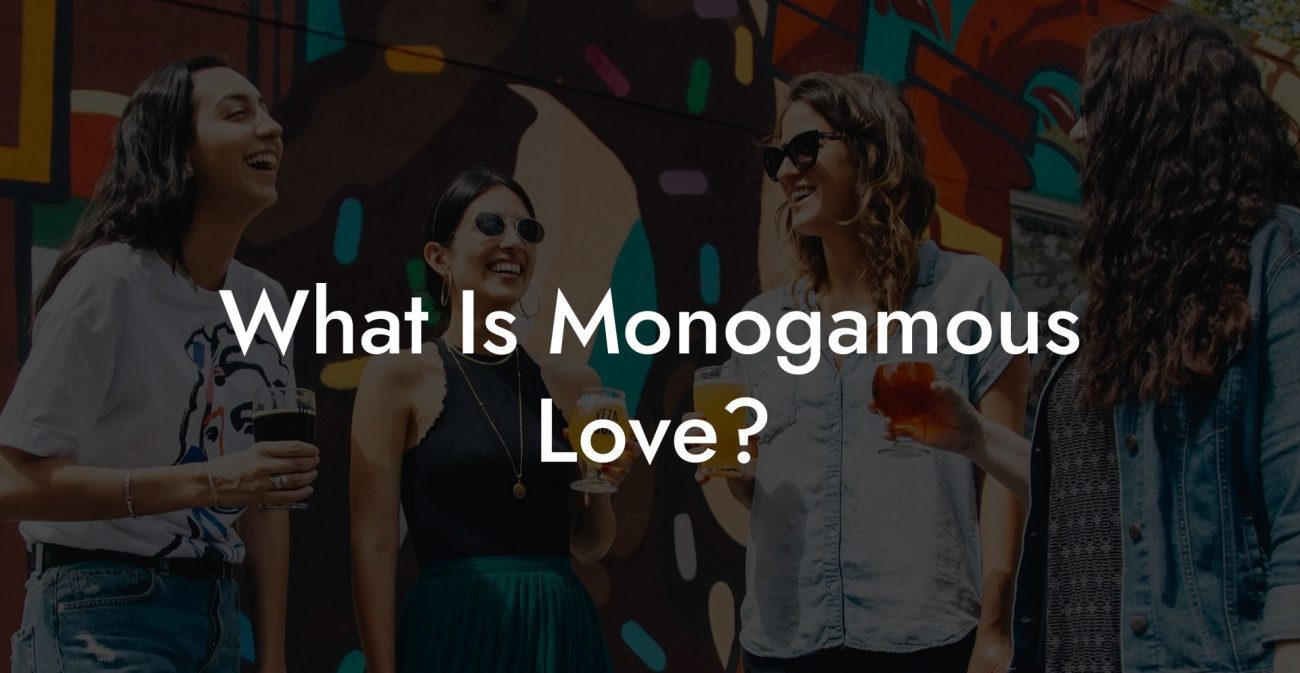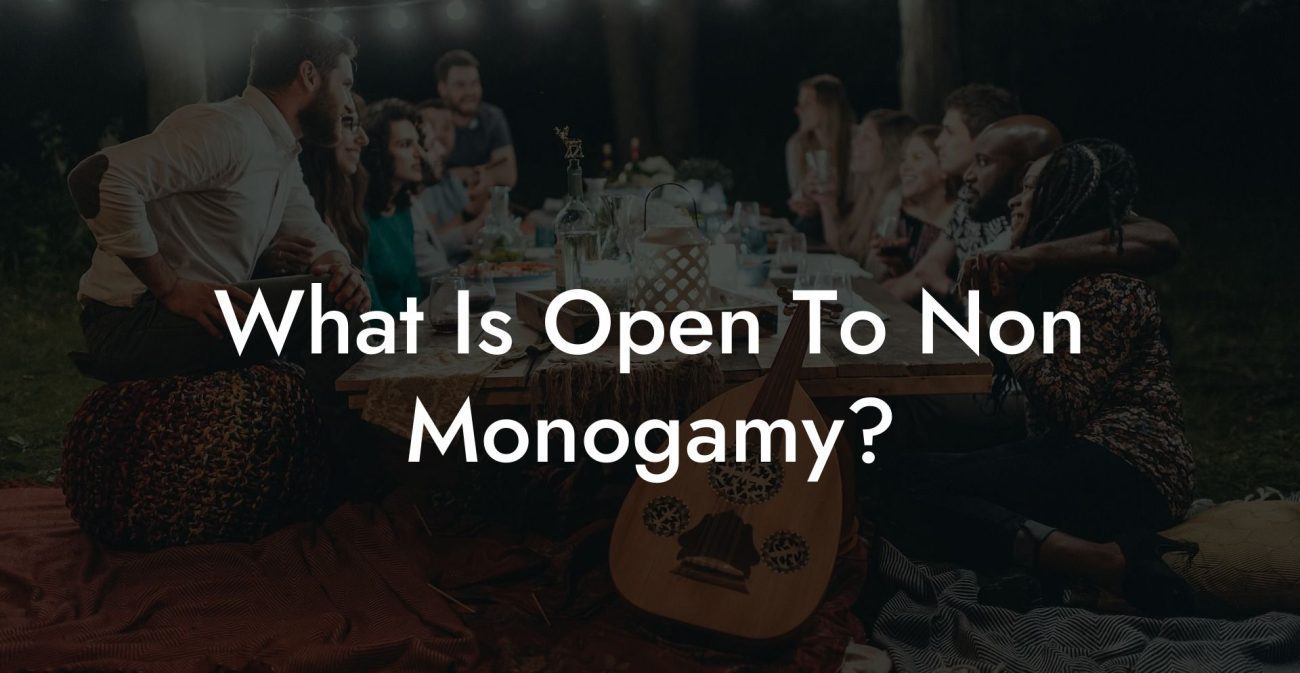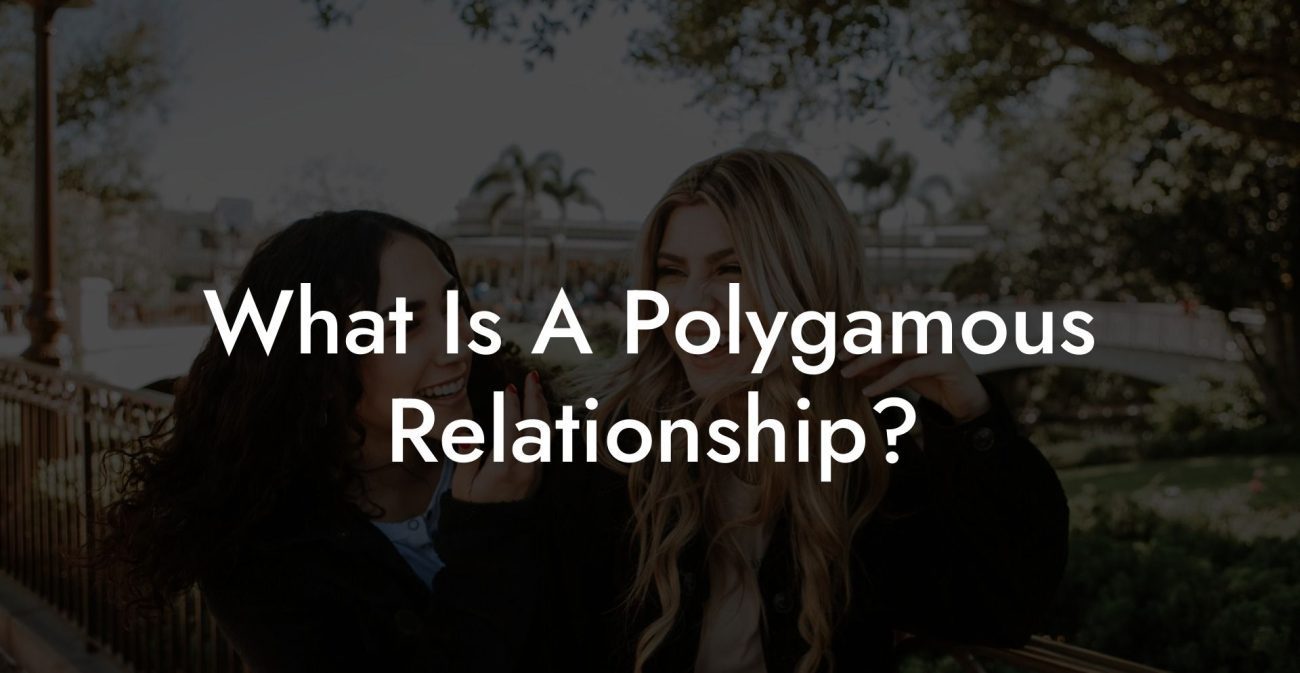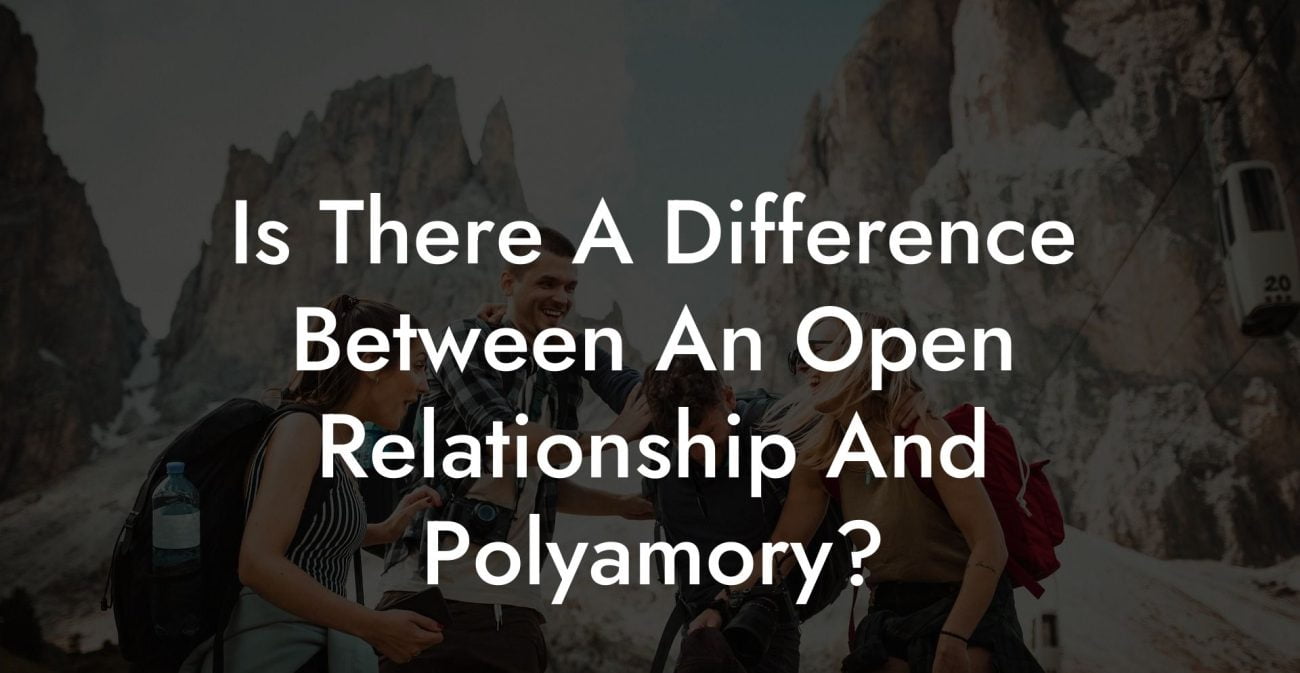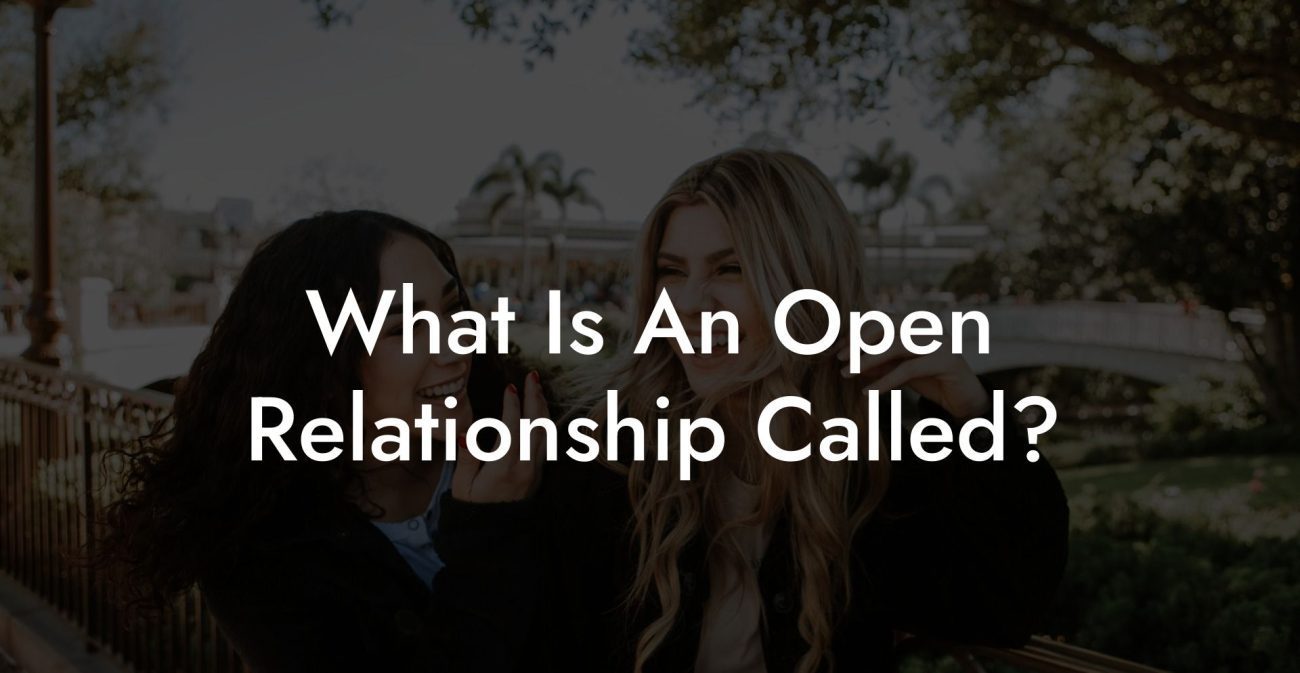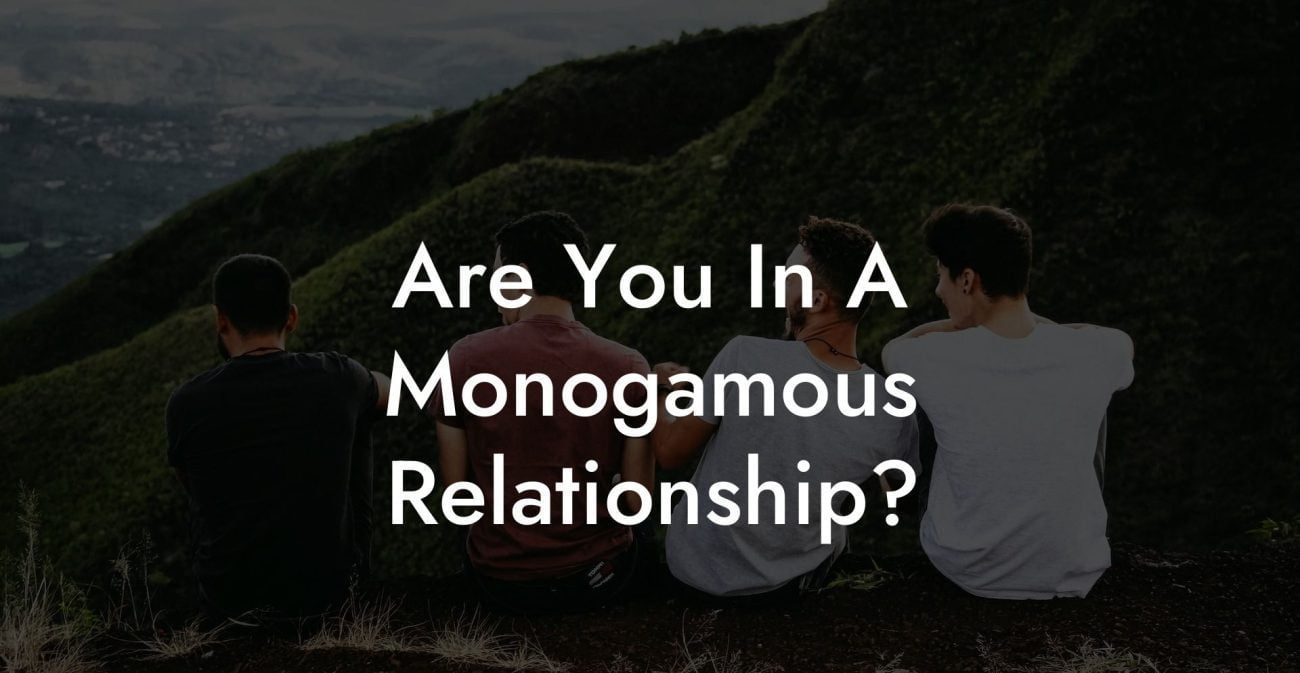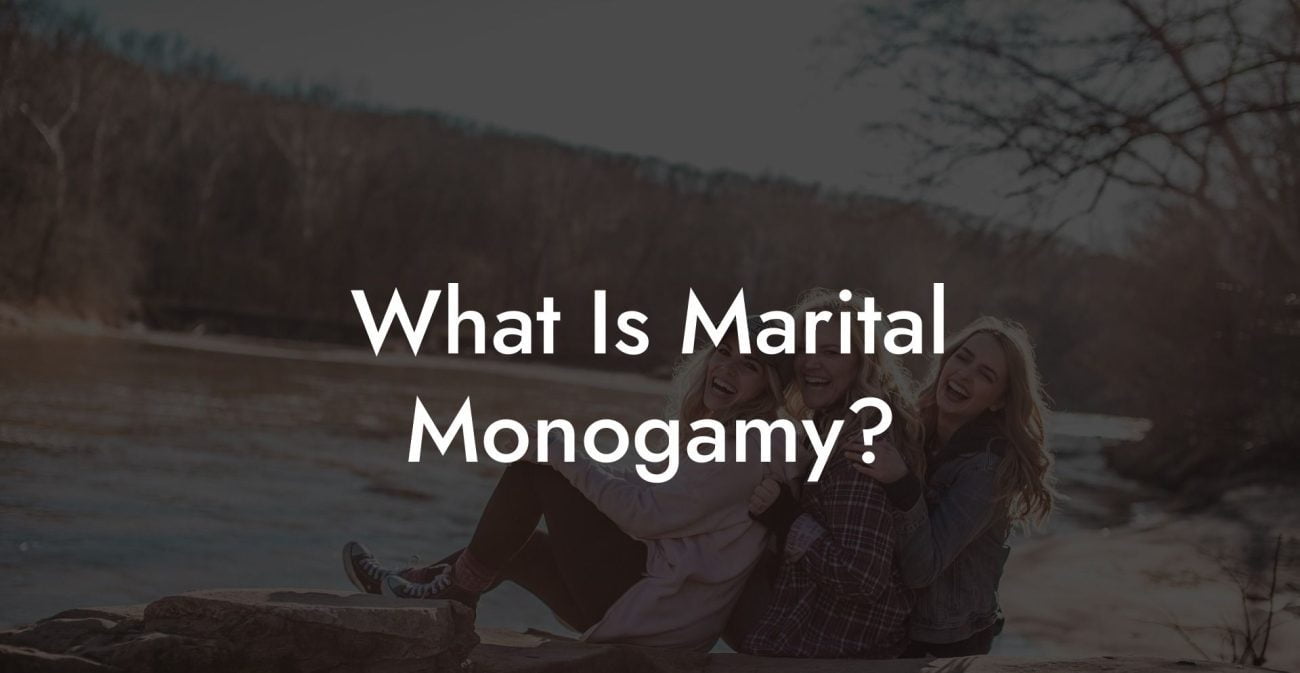In a world where monogamous relationships are considered the norm, it’s refreshing to know that there is a plethora of alternative relationship structures out there, waiting for those who wish to explore beyond the boundaries of traditional coupling. These "unconventional" relationships are gaining popularity as individuals seek to discover the type of connection that truly resonates with them, whether it's based on love, friendship, or shared life experiences. In this article, we will delve into the different forms of non-monogamy, discuss the nuances of polyamory, and provide examples that may inspire your own journey into the world of alternative relationship structures. Whether you're looking to open up an existing relationship or start fresh with a new dating approach, The Monogamy Experiment has everything you need to get started.
Alternative Relationship Structures Table of Contents
Non-Monogamy
Non-monogamy is an umbrella term that encompasses a variety of relationship styles that deviate from the traditional monogamous model. Some popular forms of non-monogamy include:
Swinging: This form of non-monogamy typically involves established couples engaging in sexual activities with other couples or singles, usually at organized events or within a specific community.
Open Relationships: In an open relationship, both partners agree to engage in outside romantic or sexual relationships, but maintain their primary connection as the central focus.
Polyamory: Polyamory refers to engaging in multiple loving relationships, emphasizing emotional connections rather than merely sexual encounters.
Polyamory
Polyamory is a form of non-monogamy that places importance on emotional connections and love, allowing for individuals to form multiple romantic relationships simultaneously. While it requires open communication and mutual understanding to work, it can lead to deeply fulfilling and enriching connections. Some popular forms of polyamory include:
Hierarchical Polyamory: This is a polyamorous structure in which relationships are ranked in order of importance, with primary, secondary, and tertiary partners, as needed.
Solo Polyamory: In this form, individuals consider themselves as their own primary partners and engage in loving relationships with others, without seeking to form a primary partnership.
Relationship Anarchy: This approach allows for complete freedom and fluidity in relationships, without placing labels or hierarchical structures on connections, letting each bond evolve organically.
Alternative Relationship Structures Examples
- Tom and Alice are in a committed and loving monogamous relationship. However, they both have a strong sexual curiosity and wish to explore connections with others. They decide to join a local swinging community and attend events together where they can engage in sexual experiences with other couples and singles.
- Sarah feels most secure when she is in a relationship with one primary partner, but she also wishes to explore emotional connections with others. With her primary partner's consent, she begins dating another person and maintains a strong emotional bond with both partners.
- Jack values his independence and prioritizes his personal growth and emotional well-being above all else. He has built connections with multiple people, forming deep and loving relationships with each, without prioritizing one relationship over another, falling under the umbrella of relationship anarchy.
It’s clear that the world of alternative relationship structures offers endless opportunities for those seeking connections that step outside the bounds of traditional monogamy. Whether you're intrigued by the swinging lifestyle, wish to explore polyamorous relationships, or resonate with an open relationship structure, remember that the journey will be unique to you and your partner(s). Open communication, mutual understanding, and a willingness to adapt are key to success in navigating these non-traditional waters.
We encourage you to share this article with friends, loved ones, and on social media as we continue to break down the barriers and stigmas associated with alternative relationship structures. And don't forget to explore our other informative and inspiring guides on The Monogamy Experiment – we’re here to help you every step of the way.

